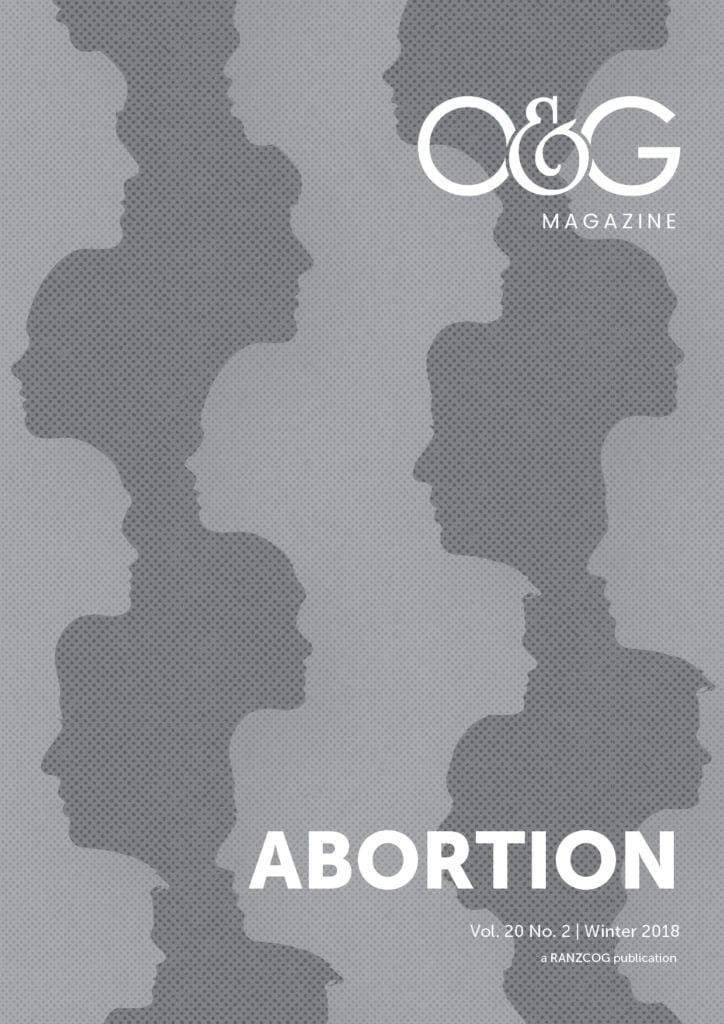Worldwide, 40–50 million abortions occur annually. Nearly half of these abortions are performed unsafely, with an estimated 50,000 deaths a year as a result.1 Abortion-related deaths are more frequent in countries with restrictive abortion laws (34 deaths per 100,000 births), than in countries with less restrictive laws (one or fewer per 100,000 births).2 Access to abortion care is highly variable worldwide and, in many countries, it is illegal regardless of women’s circumstances. On May 25, Ireland, a country with one of the strictest regimes in the western world, will hold a historic referendum on repealing the constitutional ban on abortion. Closer to home, both New Zealand and Queensland abortion legislation is under review.
Australian women are crossing borders to have abortions not available to them in their own state. The variation in laws governing abortion between states and territories of Australia creates inequity of access and variable service provision. Legal confusion reigns, with a different test for when an abortion can be performed in each jurisdiction.3 Abortion has been decriminalised in Victoria, Tasmania and the Australian Capital Territory, but remains illegal in Queensland, the state with the most restrictive criteria.
The newly elected New Zealand Labour government has asked the New Zealand Law Commission to review the criminal aspects of abortion, the grounds for abortion and the process for receiving abortion services.4 The legislation has been unchallenged for 40 years, despite becoming outdated, as medical evidence and public opinion have moved forward.
The College provided submissions to the Queensland Law Reform Commission and the New Zealand Law Commission this year. RANZCOG’s position has been uncompromising, stating ‘a strong belief that termination of pregnancy should not be a criminal offence, strongly opposing the introduction of specified, legislated grounds to be met for termination to be considered lawful’.5
This issue of O&G Magazine features an in-depth discussion of abortion law and the argument for abortion to shift jurisdiction from justice to health. The issues surrounding abortion are further explored with articles on history, conscientious objection and the challenge of abortion at periviable gestations. Guidance is provided for abortion care, with the emphasis on accessible and safe services, including prevention of future unintended pregnancies.
References
- World Health Organization Factsheet. Preventing Unsafe Abortion. 19 February 2018.
- Unsafe abortion: unnecessary maternal mortality. Available from: www.researchgate.net/publication/26677181_Unsafe_Abortion_Unnecessary_Maternal_Mortality [accessed May 07 2018].
- Queensland Law Reform Commission. Review of termination of pregnancy laws – RANZCOG response. February 2018.
- Abortion Law Reform. http://abortionlaw.lawcom.govt.nz.
- Dickinson J. Confusion, inequity and inconsistency: Abortion in Australia. ANZJOG 2015;55(2):105.






Leave a Reply